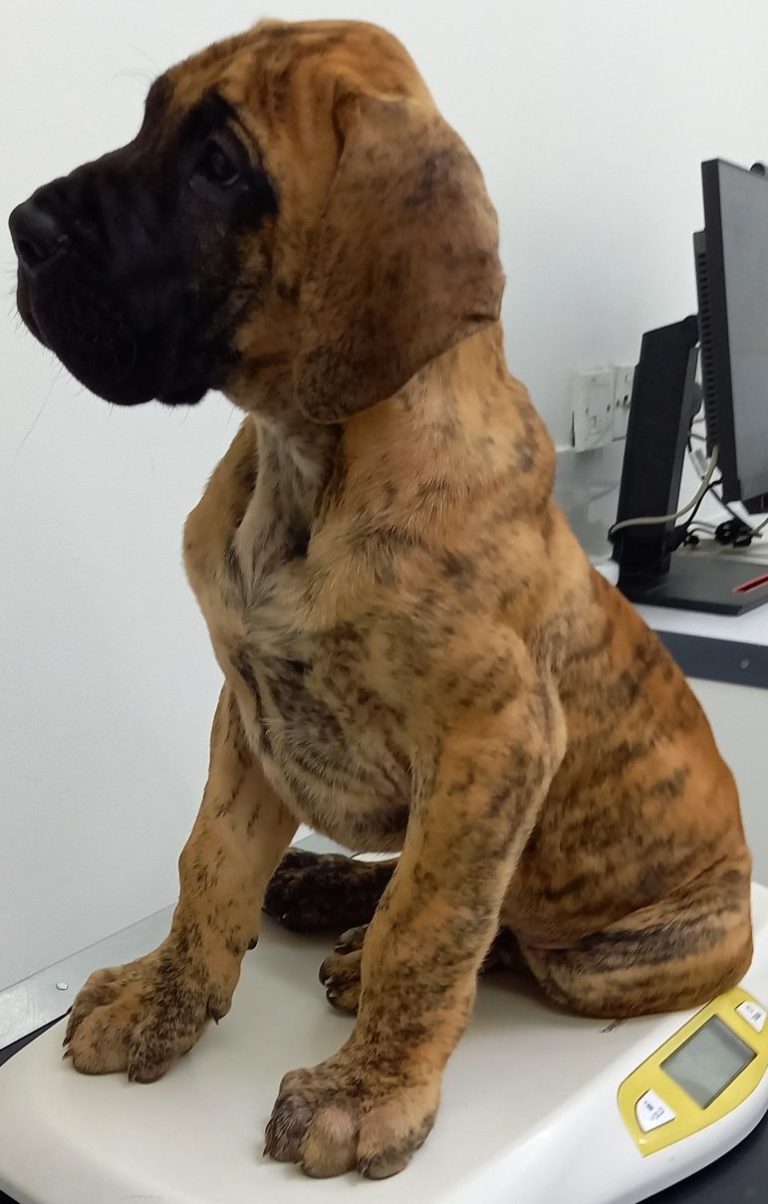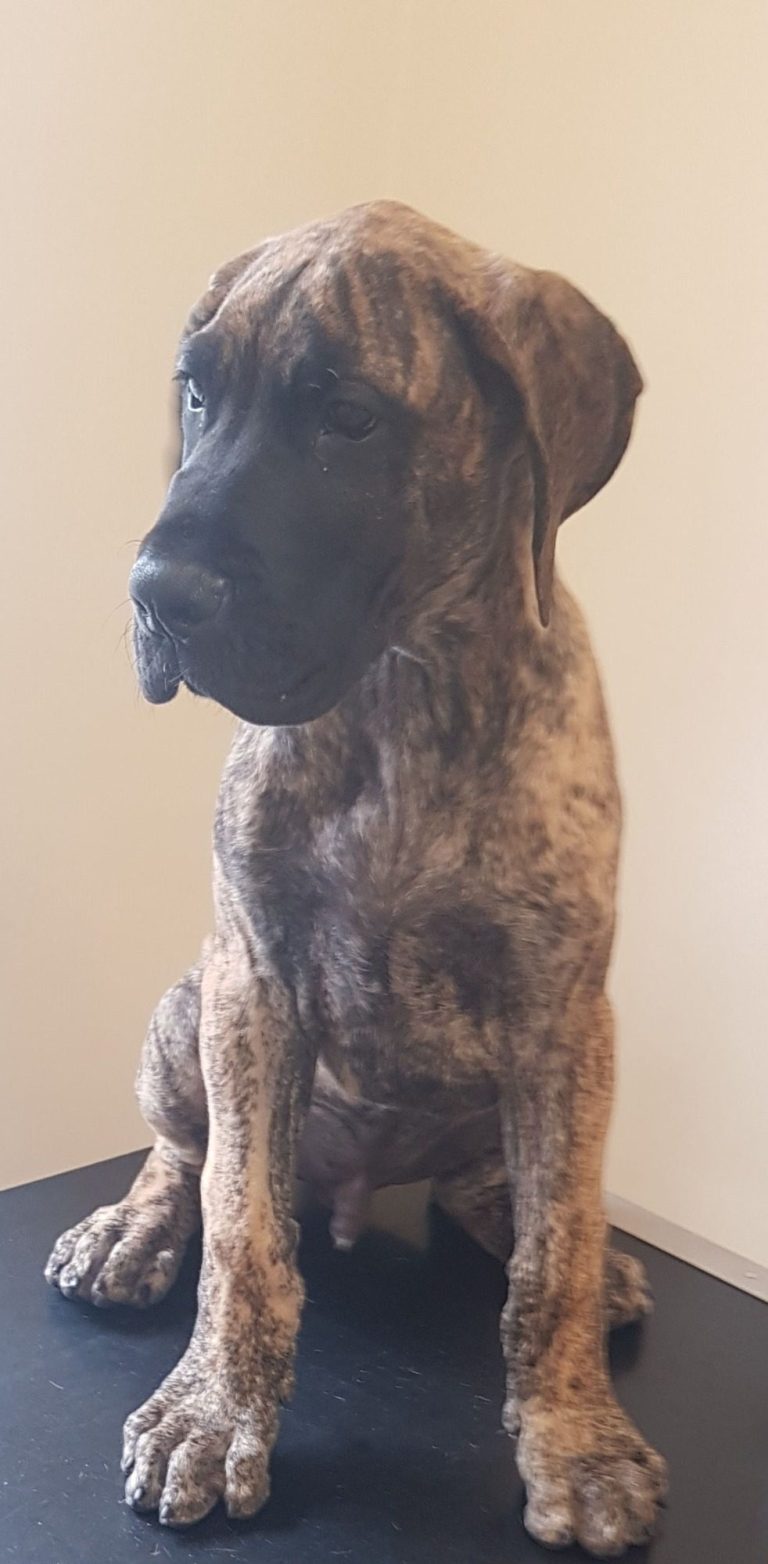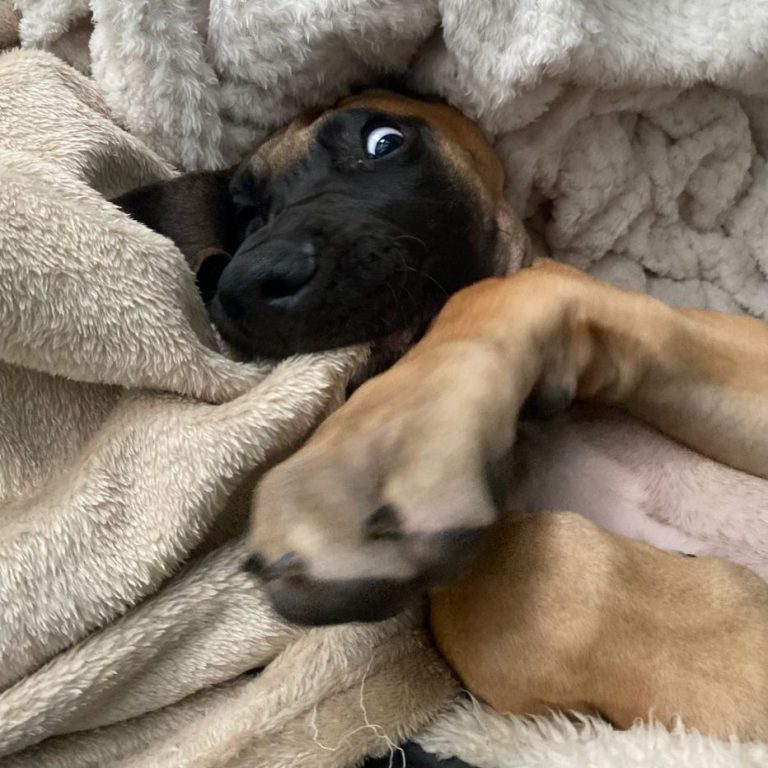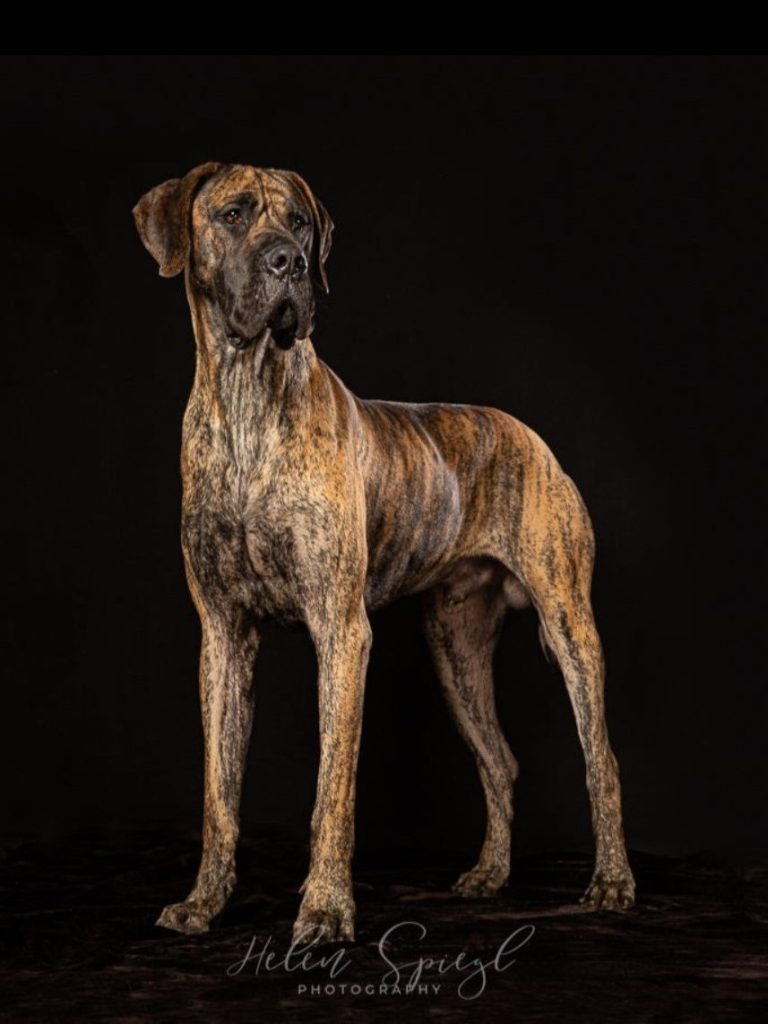
History and development of the Great Dane
Introduction to Great Danes
The Great Dane is often described as the "Apollo of Dogs," revered for its imposing stature, elegance, and friendly nature. Originating in Germany over 400 years ago, this breed was initially developed for hunting wild boar, a task requiring strength, speed, and bravery. Today, Great Danes are cherished worldwide as gentle giants known for their loyalty, companionship, and striking appearance.
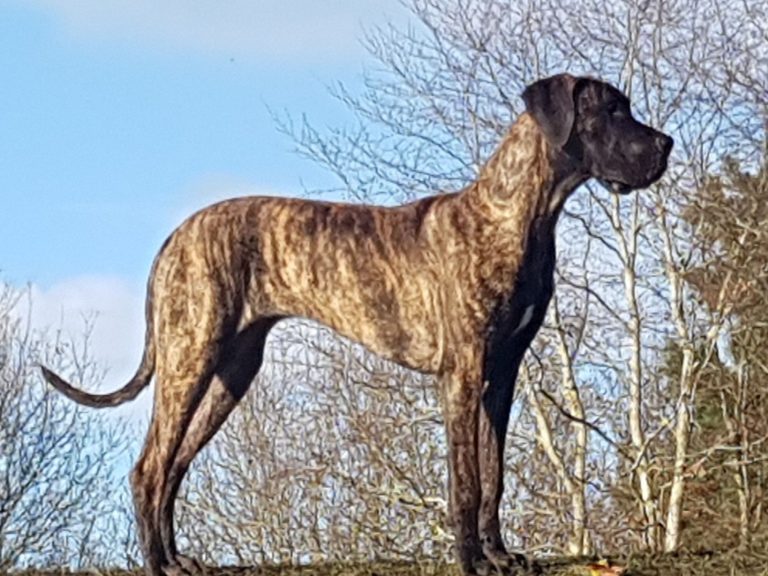


The origins of the Great Dane trace back to ancient times. Egyptian artifacts from 3000 BC depict large, mastiff-like dogs resembling early ancestors of the breed. The Great Dane itself was developed through selective breeding in Germany, primarily during the 16th and 17th centuries, to create a strong and versatile hunting dog capable of tracking and holding wild boar. The breed's foundation is believed to be a combination of the following breeds:
1. Mastiff-type Dogs: Early European mastiffs were used for their strength, size, and protective nature. These dogs contributed to the Great Dane's imposing frame and robust musculature.
2. Irish Wolfhound: This breed contributed to the Great Dane’s height and elegant, athletic build, along with endurance and a keen hunting instinct.
3. Greyhound: Greyhounds were introduced to add speed, agility, and refinement. This influence is evident in the Great Dane’s sleek, powerful form, and graceful movement.
These breeds, along with selective breeding for temperament and appearance, helped shape the Great Dane into the "Apollo of Dogs" we recognise today—a breed known for its noble stature, gentle disposition, and versatility. Initially bred as boar hounds, they evolved into companions and guard dogs due to their loyalty and protective nature. Despite its German roots, the breed earned its "Great Dane" name from French naturalists who encountered it in Denmark during the 1700s – ‘Grand Danois’. However, the German term "Deutsche Dogge" remains the official name in its country of origin.
What to look for when buying a Great Dane puppy
Physical and temperamental characteristics
Great Danes are one of the tallest dog breeds, with males standing 30-36 inches (76-91cm) at the shoulder and females 28-34 inches (71-86cm). Their weight ranges from between 50-85kg (110 to 190 pounds), depending on gender and genetics. Their coat is short and smoot. Kennel Club recognised coat colour patterns include; Fawn, Brindle, Blue, Black, Harlequin (white with black patches), Mantle (black with white markings). Great Danes are known for their gentle and friendly temperament. They are excellent with children and typically get along well with other animals when raised with them. Early training and socialisation is crucial due to their large size to ensure good behaviour and manageability.
1. Reputable Breeders – Choosing the right breeder is crucial for obtaining a healthy and well-adjusted puppy of any breed. It is important to buy from breeders who are registered with recognised kennel clubs, such as the Indian Kennel Club or international organisations like the UK Kennel Club (UKKC), American Kennel Club (AKC) or Fédération Cynologique Internationale (FCI). The breeder must provide a clean and well-maintained environment where puppies are raised indoors and socialised with people and other animals. As a minimum, it is important to see, and meet, the dam of the puppies (and the sire where possible) to understand the puppies’ potential size, temperament, and health. At an absolute minimum the puppy should have had their first vaccination of the course of puppy vaccinations, be microchipped, and wormed by the breeder before collection by the new owner. Any reputable breeder will ask prospective new owners detailed questions about their lifestyle to ensure their puppies are going to suitable homes where the puppy will be correctly cared for.
2. Health Testing and Certification – Reputable breeders conduct essential health tests to minimise genetic risks. Key health evaluations include hip and elbow dysplasia, cardiac screening, thyroid function tests, eye examination.
Hip and Elbow Dysplasia: These joint conditions can lead to arthritis and mobility issues. Breeding dogs should have their hips and elbows evaluated by organisations like the Orthopaedic Foundation for Animals (OFA), PennHIP, British Veterinary Association (BVA) etc.
Cardiac Screening: Great Danes are predisposed to Dilated Cardiomyopathy (DCM), a severe heart condition. Breeding dogs should undergo regular heart check-ups by a veterinary professional and have echocardiograms performed by a veterinary cardiologist if there is a suspected concern during a heart check-up.
Thyroid Function Tests: Hypothyroidism can cause weight gain, lethargy, and skin issues. If a thyroid issue is suspected, dogs can be screened to check for healthy thyroid levels.
Eye Exams: Hereditary eye conditions such as entropion, ectropion, and progressive retinal atrophy (PRA) can cause vision problems. Certified veterinary ophthalmologists should evaluate breeding dogs to ensure eyes are healthy.
As an absolute minimum, reputable breeders should conduct hip and elbow scoring of their breeding dogs, and have good results, before breeding from them.
3. Temperament and Socialisation – Great Dane puppies should exhibit friendly, curious, and confident behaviour. Early socialisation is vital to develop well-rounded dogs. Ask the breeder how they expose puppies to various environments, people, and sounds to prepare them for life in a family setting.
